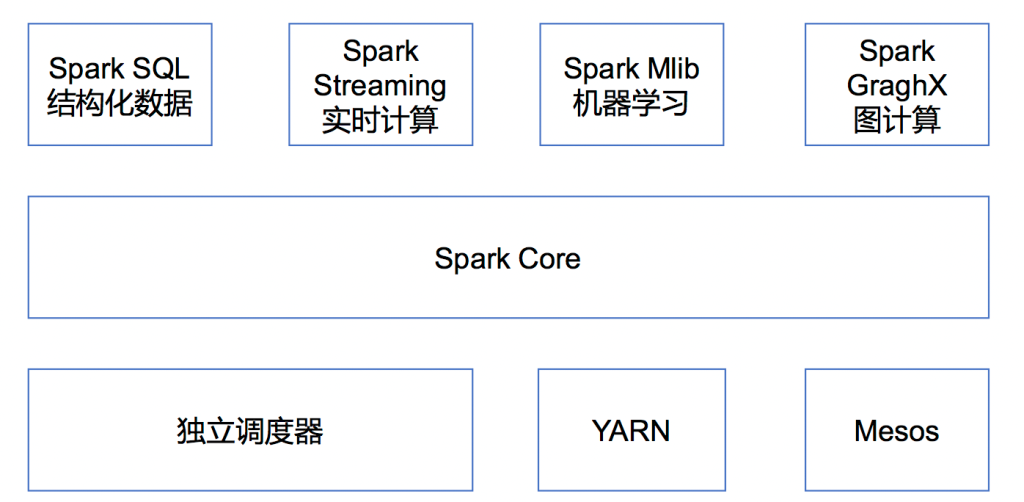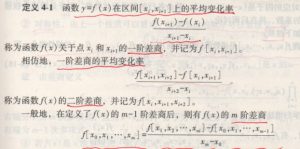1.获取时间
特定时间格式:
from datetime import datetime
ISOTIMEFORMAT = "%Y-%m-%d %H:%M:%S" #时间格式,可修改为其他格式
now = datetime.now().strftime(ISOTIMEFORMAT)时间戳:
import time
timestamp = time.time() #timestamp为从1970年1月1日00:00:00(UTC)到现在的秒数,小数点后为毫秒微秒
print(round(timestamp*1000)) #获取毫秒,四舍五入
#int(num),int()直接截断整数部分2.数据库连接及使用
连接mysql数据库并执行SQL语句:
lon = data.get("longitude")
lat = data.get("latitude")
speed = data.get("speed")
ISOTIMEFORMAT = "%Y-%m-%d %H:%M:%S"
now = datetime.now().strftime(ISOTIMEFORMAT)
sql1 = "delete from gps_realtime where device_id=%s;"
sql = "insert into gps_realtime(device_id,gps_time,longitude,latitude,speed) values(%s,%s,%s,%s,%s);"
print(sql)
conn = pymysql.connect(
host="",
port=3306,
user="",
passwd="",
db="",
charset="utf8",
cursorclass=pymysql.cursors.DictCursor,
)
# 这里进行数据库操作
cursor = conn.cursor()
values = ()
cursor.execute(sql1, ("1111"))
cursor.execute(sql, values)
conn.commit() #重点,需要提交才会执行语句,select时不需要,insert,delete需要
cursor.close()
conn.close()获取数据Json格式:
result = cursor.fetchall()3.Decimal:高精度的十进制运算
from decimal import Decimal
#可以传递给Decimal整型或者字符串参数,但不能是浮点数据,因为浮点数据本身就不准确。
x = Decimal('3.14') #赋值
y = Decimal(3.14) #实际输出y=3.140000000000000124344978758017532527446746826171875
z = Decimal('1e-3')
a = Decimal("1.23") + Decimal("4.56")
b = Decimal("1.23") - Decimal("4.56")
c = Decimal("1.23") * Decimal("4.56")
d = Decimal("1.23") / Decimal("4.56")
rounded = Decimal("1.23").quantize(Decimal('0.00')) # 对1.23四舍五入到小数点后两位
a = Decimal("1.23")
b = Decimal("4.56")
if a < b:
print("a小于b")
else:
print("a大于等于b")
x = Decimal("3.14")
print(x.to_integral()) # 输出: 3
print(x.to_sci_string()) # 输出: 3.14e+004.JSON数据
解析JSON数据:
import json
json_data = '{"name": "John", "age": 30, "city": "New York"}' #数据{}里不能有单引号'
data = json.loads(json_data)
print(data) # 输出:{'name': 'John', 'age': 30, 'city': 'New York'}生成JSON数据:
import json
data = {'name': 'John', 'age': 30, 'city': 'New York'}
json_data = json.dumps(data)
print(json_data) # 输出:'{"name": "John", "age": 30, "city": "New York"}'写入JSON文件:
import json
data = {'name': 'John', 'age': 30, 'city': 'New York'}
with open('data.json', 'w') as f:
json.dump(data, f)读取JSON文件:
import json
with open('data.json', 'r') as f:
data = json.load(f)
print(data) # 输出:{'name': 'John', 'age': 30, 'city': 'New York'}Redis
redis连接及存取数据:
import redis
import json
# 创建Redis连接
r = redis.Redis(host='localhost', port=6379, db=0,password="ddd")
# JSON数据
json_data = {'name': 'Alice', 'age': 30, 'city': 'New York'}
# 将JSON数据序列化为字符串并存储
r.set('user1', json.dumps(json_data))
# 获取数据
r.get('user1')
r.close()

